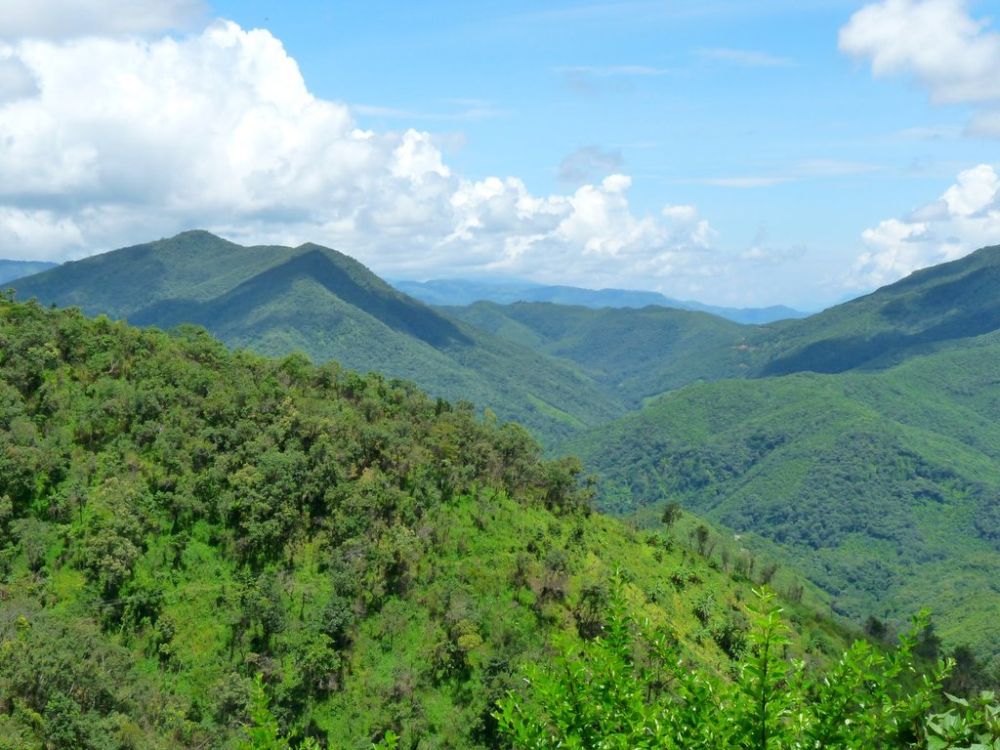

Located in the northeastern part of India, Champhai is a picturesque town in Mizoram with a rich historical backdrop and vibrant culture that has gradually shaped its tourism landscape. Inhabited by the Mizo people, known for their warm hospitality and colorful traditions, Champhai offers a unique confluence of history and natural beauty for travelers seeking an offbeat experience.
Historically, Champhai served as a crucial corridor to the ancient trade routes between Myanmar and India, facilitating cultural and commercial exchanges over centuries. This aspect of trade and interaction has left an indelible mark on the town's ethos and has been a draw for historians and culture enthusiasts. However, tourism in Champhai is a relatively recent phenomenon, emerging primarily in the late 20th century as the region opened up to domestic and international visitors.
Initially, the tourism industry in Champhai was primarily driven by explorers and adventure travelers who were attracted to the region's pristine forests, rolling hills, and untouched natural splendor. The Mizo culture, coupled with the town's historical significance, added further depth to the travel experiences here.
In the context of tourism, Champhai is not just known for its beauty but also for its role in preserving the Mizo culture. The town and surrounding areas have several historical sites, such as Rih Dil – a heart-shaped lake considered sacred by the Mizos and believed to be the passage of souls to the eternal world. Moreover, the town's close proximity to the Myanmar border offers a palpable influence of Southeast Asian culture, enhancing its allure.
Champhai's landscapes are dotted with numerous natural attractions. The Mura Puk cave system, which has historical significance as hideouts during wars, and the Lengteng Wildlife Sanctuary, which shelters a variety of species, including the endangered Hume's Pheasant, are noteworthy for eco-tourists and nature lovers.
In recent years, the government and local communities have recognized the potential of ecotourism and cultural tourism in fostering sustainable development and conserving the region's unique biodiversity. Efforts have been made to develop infrastructure that promotes responsible tourism, thereby ensuring minimal ecological impact. Homestays and community-driven tourism initiatives offer visitors authentic experiences while benefitting the local economy.
The latest trend in Champhai's tourism sector includes the promotion of activities such as trekking, bird watching, and cultural immersion programs. Travelers are increasingly seeking sustainable and experiential travel options, and Champhai is adapting to meet these demands with initiatives like village tours and traditional Mizo lifestyle experiences. These activities not only highlight the beauty and traditions of Champhai but also support local livelihoods.
As Champhai continues to open its doors to the world, it faces the dual challenge of preserving its natural and cultural heritage while accommodating the growing interests of travelers. With a strategic approach to development and a commitment to sustainable practices, Champhai is poised to become a responsible and enchanting destination on the global tourism map.
As we see an increase in global awareness around cultural sensitivity and environmental conservation, the future of tourism in Champhai looks promising, with a stronger emphasis on responsible travel that honors both the land and its people.